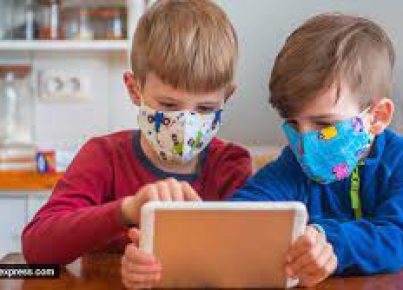As the world continues to grapple with the COVID-19 pandemic, communities face difficult decisions concerning public health and the reopening of schools. Despite increasing COVID metrics, officials are pressing forward with plans to resume in-person education.
In some areas, schools have already opened their doors to students after months of remote learning and lockdowns. As expected, several challenges have arisen from this decision. First and foremost, schools struggle with balancing students’ educational needs against health and safety concerns amidst rising COVID cases.
One way educational institutions are attempting to manage this delicate situation is by adopting a hybrid approach, wherein students alternate between in-person and remote learning. This method is designed to reduce the number of students on campus at any given time, thereby limiting the potential for virus transmission.
Some critics argue that reopening schools could potentially exacerbate the pandemic by contributing to increased community spread. They cite examples of schools where outbreaks have occurred shortly after reopening. Furthermore, concerns have been raised about inadequate testing and contract tracing resources in many locations.
Despite these concerns, proponents of reopening argue that the risks associated with remote learning outweigh those posed by the pandemic. Alongside academic setbacks, students have experienced social isolation and heightened mental health issues as they navigate remote education. Many parents also struggle with balancing work responsibilities and supervising their children’s online lessons.
To minimize potential harm in reopened schools, various precautionary measures have been implemented on campuses nationwide. Mandatory mask-wearing, frequent hand-washing, staggered scheduling and socially-distanced seating arrangements all form part of the new normal for in-person learning.
Even with these precautions in place, uncertainty persists—as does anxiety among parents, teachers, and students. Vaccinations hold promise for a return to a semblance of pre-pandemic normalcy; however, until vaccine distribution reaches sufficient levels of coverage, school personnel must constantly weigh the costs and benefits of their decisions concerning in-person learning.
In conclusion, as COVID metrics continue to rise, educational systems maintain their commitment to finding ways to balance public health concerns with the essential task of educating future generations. The long-term effects of these decisions remain to be seen; however, they are motivated by a collective desire to adapt and persevere through these unprecedented times.





